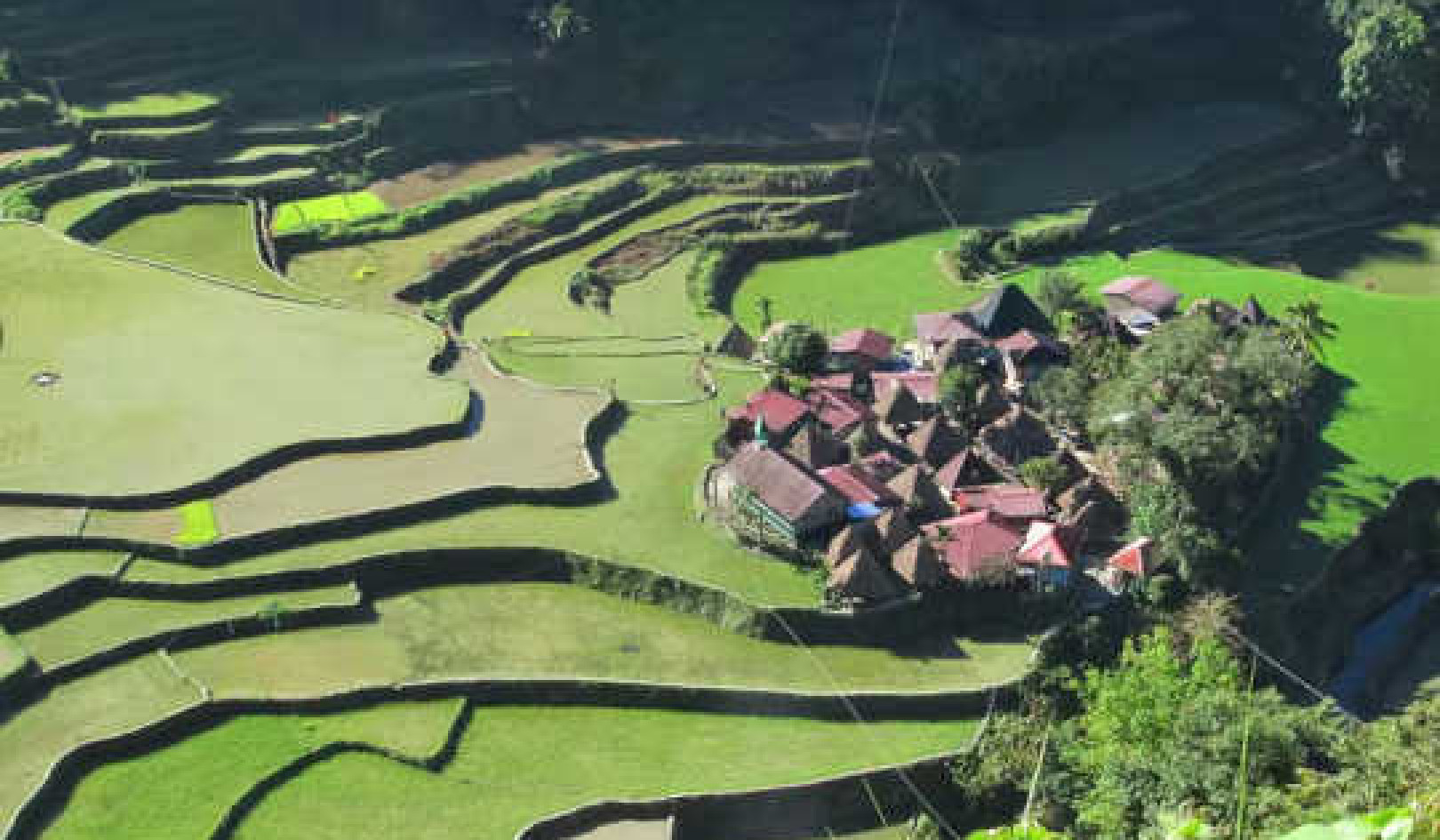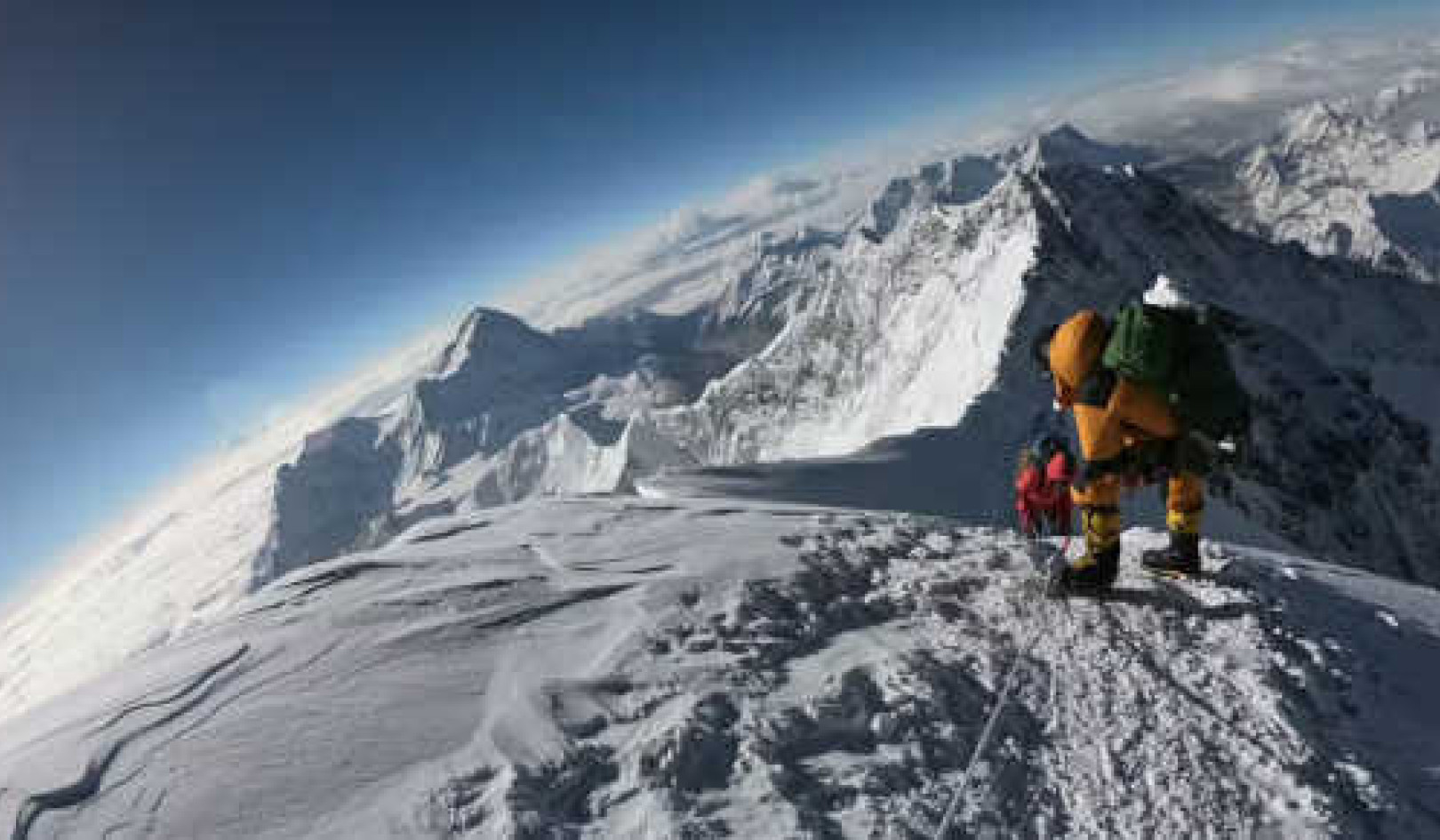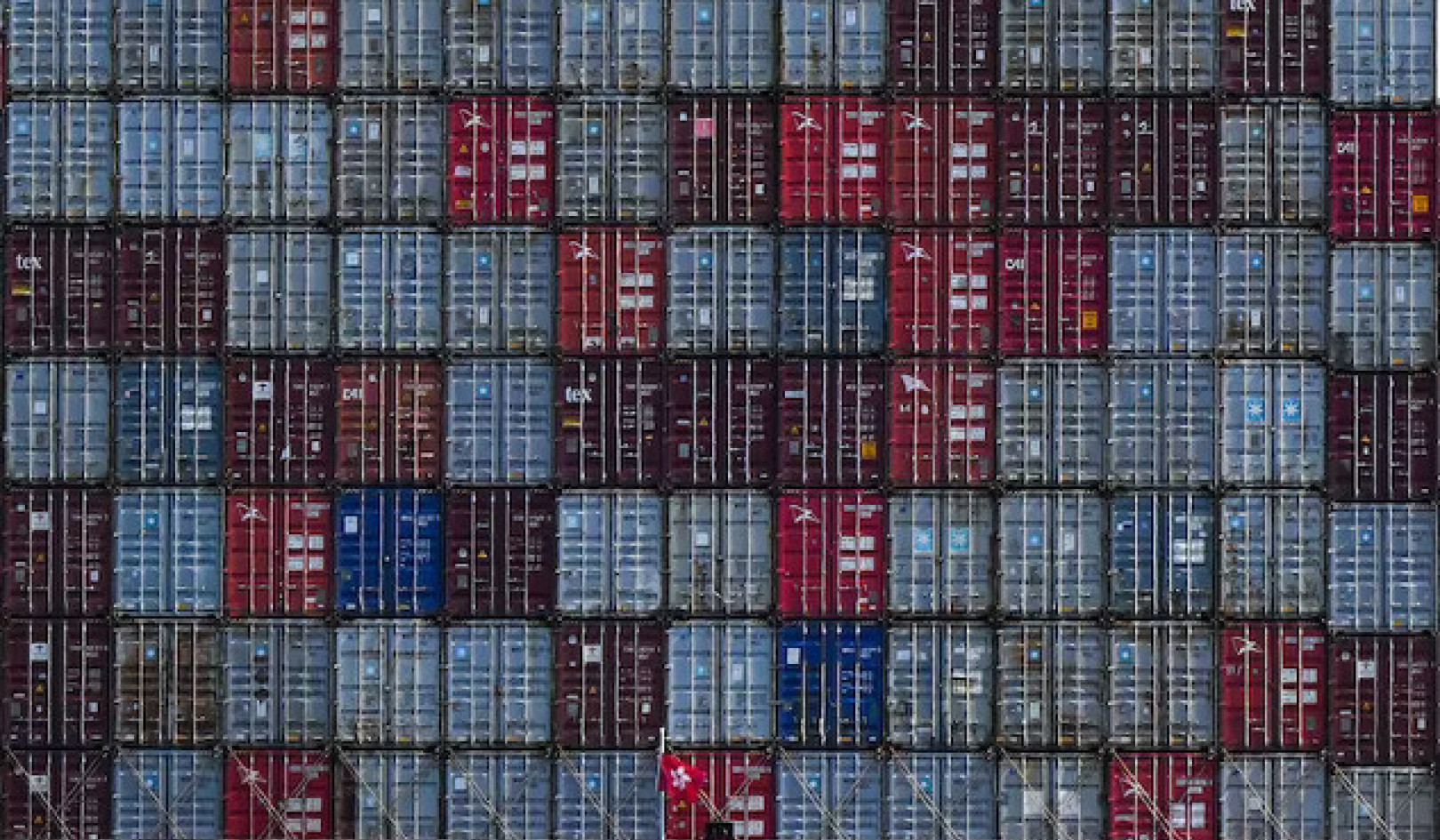{vembed Y=bau3X0dAocE}
Climate change may cause a dramatic drop in rice production in major growing regions, a decline that could jeopardize critical food supplies, researchers report.
New experiments exploring rice production in future climate conditions show rice yields could drop about 40% by 2100—with potentially devastating consequences in parts of the world that rely on the crop as a basic food source.
What’s more, changes to soil processes due to increased temperatures will cause rice to contain twice as much toxic arsenic than the rice consumed today, according to the study, published in Nature Communications.
“By the time we get to 2100, we’re estimated to have approximately 10 billion people, so that would mean we have 5 billion people dependent on rice, and 2 billion who would not have access to the calories they would normally need,” says coauthor Scott Fendorf, professor of earth system science at Stanford University’s School of Earth, Energy & Environmental Sciences. “We have to be aware of these challenges that are coming so we can be ready to adapt.”
Rice as baby food
Researchers specifically looked at rice because it grows in flooded paddies that help loosen the arsenic from the soil and make it especially sensitive to arsenic uptake. While many food crops today contain small amounts of arsenic, some growing regions are more susceptible than others.
Future changes in soil due to higher temperatures combined with flooded conditions cause rice plants to take up arsenic at higher levels—and using irrigation water with naturally occurring high arsenic exacerbates the problem.
While these factors won’t affect all global commodities in the same way, they do extend to other flood-grown crops, like taro and lotus.
“I just didn’t expect the magnitude of impact on rice yield we observed,” says Fendorf, who is also a senior fellow at the Stanford Woods Institute for the Environment. “What I missed was how much the soil biogeochemistry would respond to increased temperature, how that would amplify plant-available arsenic, and then—coupled with the temperature stress—how that would really impact the plant.”
A naturally occurring, semi-metallic chemical, arsenic exists in most soils and sediments, but generally in a form that plants don’t take up. Chronic exposure to arsenic leads to skin lesions, cancers, aggravation of lung disease, and, ultimately, death.
It is especially concerning in rice not only because of its global significance, but also because the low-allergen food is often introduced early to infants.
“I think this problem is also crucial for people that have young kids in our society,” says lead author E. Marie Muehe, a former postdoctoral scholar at Stanford who’s now at the University of Tübingen, Germany. “Because infants are a lot smaller than we are, if they eat rice, that means that they take up more arsenic relative to their body weight.”
‘Soil is alive’
The researchers created future climate conditions in greenhouses based on estimates of a possible 5 degree Celsius (9 degrees Fahrenheit) temperature increase and twice as much atmospheric carbon dioxide by 2100, as projected by the Intergovernmental Panel on Climate Change.
While previous research examined the effects of increasing temperature in the context of the global food crisis, this study was the first to account for soil conditions in combination with shifts in climate.
For the experiments, the group grew a medium-grain rice variety in soil from the rice-growing region of California. They controlled the greenhouses for temperature, carbon dioxide concentrations, and soil arsenic levels, which will be higher in the future due to its buildup in soils from irrigating crops with arsenic-contaminated water, a problem that by overpumping groundwater worsens.
“We don’t often think about this, but soil is alive—it’s teeming with bacteria and a lot of different microorganisms,” Fendorf says. “It turns out those microorganisms determine whether the arsenic stays partitioned onto the minerals and away from the plants or comes off the minerals into the water phase.”
The researchers found that with increased temperatures, microorganisms destabilized more of the soil’s inherent arsenic, leading to greater amounts of the toxin in the soil water available for the rice to take up. Once taken up, arsenic inhibits nutrient absorption and decreases plant growth and development, factors that contributed to the 40% decrease in yield the scientists observed.
Early warning, future planning
While the dramatic loss in production is a major cause for concern, the scientists remain hopeful that this research will help producers find potential solutions for feeding the world.
“The good news is that given past advances in terms of the global community’s ability to breed varieties that can adapt to new conditions, along with revisions to soil management, I’m optimistic we can get around the problems observed in our study,” Fendorf says.
“I’m also optimistic that as we continue to shine a light on the threats resulting from a 5 degree Celsius change, society will adopt practices to ensure we never reach that degree of warming.”
As next steps, Fendorf, coauthor Tianmei Wang, and Muehe hope to use remote sensing to pinpoint contaminated rice paddies in order to model future yields and arsenic contamination.
“This is most likely to be a problem where most rice is consumed, so we think about South and East Asia,” says Wang, a PhD candidate in earth system science. “Especially for people like my dad—he consumes rice three times a day and he just cannot live without it.”
About the Authors
Lead author E. Marie Muehe, former postdoctoral scholar at Stanford who’s now at the University of Tübingen, Germany. Coauthor Scott Fendorf, professor of earth system science at Stanford University’s School of Earth, Energy & Environmental Sciences. Additional coauthor, Tianmei Wang, a PhD candidate in earth system science.
You are free to share this article under the Attribution 4.0 International license.
Related Books
Life After Carbon: The Next Global Transformation of Cities
by Peter Plastrik , John Cleveland The future of our cities is not what it used to be. The modern-city model that took hold globally in the twentieth century has outlived its usefulness. It cannot solve the problems it helped to create—especially global warming. Fortunately, a new model for urban development is emerging in cities to aggressively tackle the realities of climate change. It transforms the way cities design and use physical space, generate economic wealth, consume and dispose of resources, exploit and sustain the natural ecosystems, and prepare for the future. Available On Amazon
The future of our cities is not what it used to be. The modern-city model that took hold globally in the twentieth century has outlived its usefulness. It cannot solve the problems it helped to create—especially global warming. Fortunately, a new model for urban development is emerging in cities to aggressively tackle the realities of climate change. It transforms the way cities design and use physical space, generate economic wealth, consume and dispose of resources, exploit and sustain the natural ecosystems, and prepare for the future. Available On Amazon
The Sixth Extinction: An Unnatural History
by Elizabeth Kolbert Over the last half-billion years, there have been Five mass extinctions, when the diversity of life on earth suddenly and dramatically contracted. Scientists around the world are currently monitoring the sixth extinction, predicted to be the most devastating extinction event since the asteroid impact that wiped out the dinosaurs. This time around, the cataclysm is us. In prose that is at once frank, entertaining, and deeply informed, New Yorker writer Elizabeth Kolbert tells us why and how human beings have altered life on the planet in a way no species has before. Interweaving research in half a dozen disciplines, descriptions of the fascinating species that have already been lost, and the history of extinction as a concept, Kolbert provides a moving and comprehensive account of the disappearances occurring before our very eyes. She shows that the sixth extinction is likely to be mankind's most lasting legacy, compelling us to rethink the fundamental question of what it means to be human. Available On Amazon
Over the last half-billion years, there have been Five mass extinctions, when the diversity of life on earth suddenly and dramatically contracted. Scientists around the world are currently monitoring the sixth extinction, predicted to be the most devastating extinction event since the asteroid impact that wiped out the dinosaurs. This time around, the cataclysm is us. In prose that is at once frank, entertaining, and deeply informed, New Yorker writer Elizabeth Kolbert tells us why and how human beings have altered life on the planet in a way no species has before. Interweaving research in half a dozen disciplines, descriptions of the fascinating species that have already been lost, and the history of extinction as a concept, Kolbert provides a moving and comprehensive account of the disappearances occurring before our very eyes. She shows that the sixth extinction is likely to be mankind's most lasting legacy, compelling us to rethink the fundamental question of what it means to be human. Available On Amazon
Climate Wars: The Fight for Survival as the World Overheats
by Gwynne Dyer Waves of climate refugees. Dozens of failed states. All-out war. From one of the world’s great geopolitical analysts comes a terrifying glimpse of the strategic realities of the near future, when climate change drives the world’s powers towards the cut-throat politics of survival. Prescient and unflinching, Climate Wars will be one of the most important books of the coming years. Read it and find out what we’re heading for. Available On Amazon
Waves of climate refugees. Dozens of failed states. All-out war. From one of the world’s great geopolitical analysts comes a terrifying glimpse of the strategic realities of the near future, when climate change drives the world’s powers towards the cut-throat politics of survival. Prescient and unflinching, Climate Wars will be one of the most important books of the coming years. Read it and find out what we’re heading for. Available On Amazon
From The Publisher:
Purchases on Amazon go to defray the cost of bringing you InnerSelf.comelf.com, MightyNatural.com, and ClimateImpactNews.com at no cost and without advertisers that track your browsing habits. Even if you click on a link but don't buy these selected products, anything else you buy in that same visit on Amazon pays us a small commission. There is no additional cost to you, so please contribute to the effort. You can also use this link to use to Amazon at any time so you can help support our efforts.






















